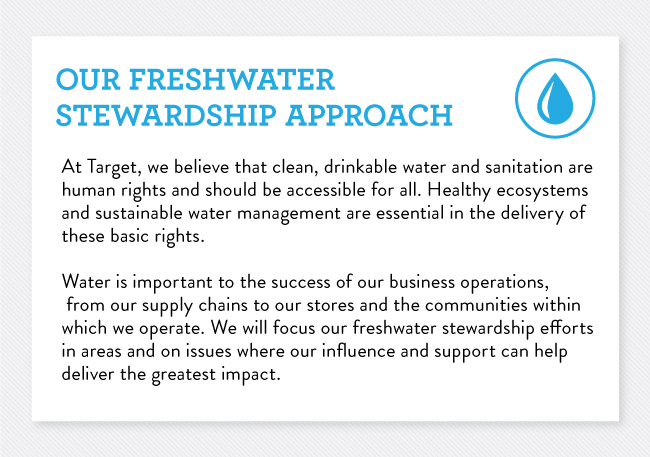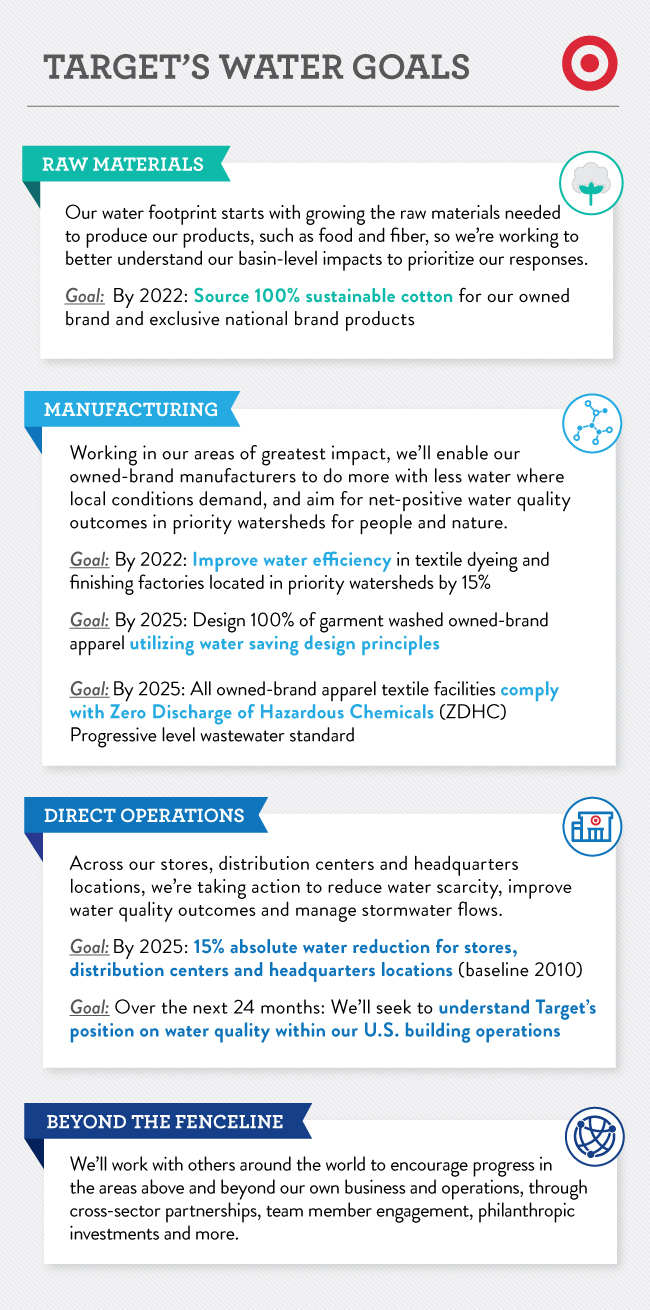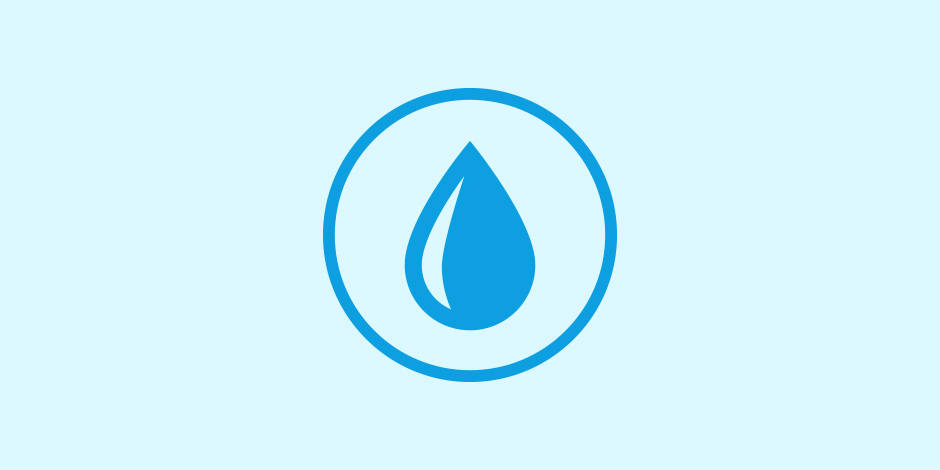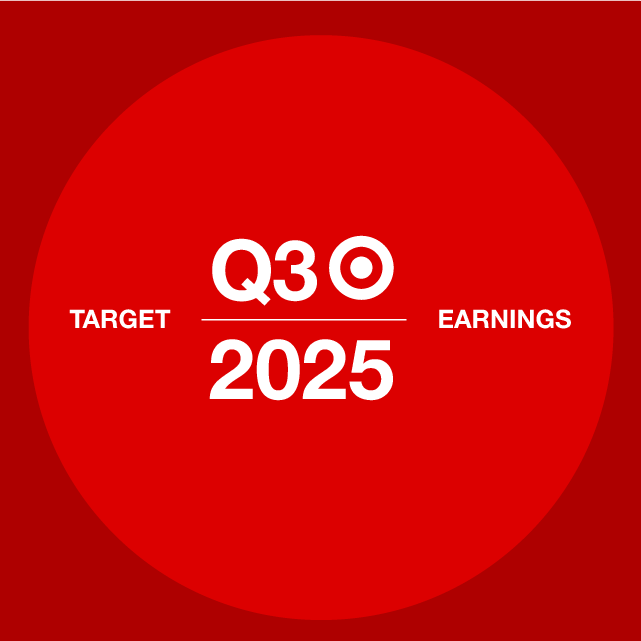Around the world, clean water sources are disappearing at an alarming rate, and it’s up to all of us to help design solutions for the future. Target’s doing its part by putting a connected framework in place—including our climate policy and chemical strategy and sustainable cotton sourcing goal—to make sure we’re using resources thoughtfully and measuring progress across our business.
Today, we’re taking the next step forward, announcing a freshwater stewardship approach that builds on our existing water management aspirations. Created in partnership with World Wildlife Fund (WWF) and designed to help us deliver on the UN Sustainable Development Goals, it will address how we can improve water quality, optimize water efficiency and increase access to clean water.
It’s based on a simple, powerful belief:
At Target, we believe that clean, drinkable water and sanitation are human rights and should be accessible for all. Healthy ecosystems and sustainable water management are essential in the delivery of these basic rights.
“With operations in nearly 50 countries, Target shares the responsibility of tackling environmental issues in the communities where we do business,” said John Mulligan, executive vice president and chief operating officer. “Our freshwater approach is one way we’re putting the needs of people, communities and the planet at the heart of how we work today, to help build a better tomorrow.”
We used WWF’s water risk assessment to review our water use reduction efforts across our manufacturing supply chain, stores and distribution facilities. This helped us develop a holistic approach that acknowledges water as part of a bigger global system of megatrends.
“Freshwater resources are more precious and vulnerable than people realize. Challenges, such as climate change, population growth, changing consumption patterns, are putting our freshwater systems increasingly at risk, and the need for action to address these issues is abundantly clear,” said Sheila Bonini, senior vice president, private sector engagement at WWF. “Target’s approach provides a holistic vision to drive solutions that will bring us closer to a sustainable and water-secure future.”
Our plan is ambitious, so we’ll focus our efforts in four main areas where we can make the greatest impact, with initial goals to guide our progress. Check them out:
These water goals connect directly into our broader sustainability framework, including our chemical strategy. For example, we recently joined the ZDHC Roadmap to Zero Programme, and will use its wastewater guidelines for our 2025 manufacturing goal for water. The guidelines were designed to help companies reduce hazardous chemicals in manufacturing and prevent them from being discharged in wastewater and impacting surrounding communities.
For millions around the world, access to funds stand between them and safe water in their homes, so we’re making an initial $1 million investment in Water.org. We’ll work together to empower people in communities where our goods are produced, enhancing their lives by removing barriers to access affordable financing for water and sanitation.
We’ll continue water conservation work that’s already in progress too, like our recent efforts with Conserva Irrigation to optimize the outdoor irrigation systems at our stores. This has already saved more than 36 million gallons of water, and will be in place at more than 300 stores by the end of 2018.
To share our learnings and progress, we’ll report annually in our Corporate Responsibility Report.




